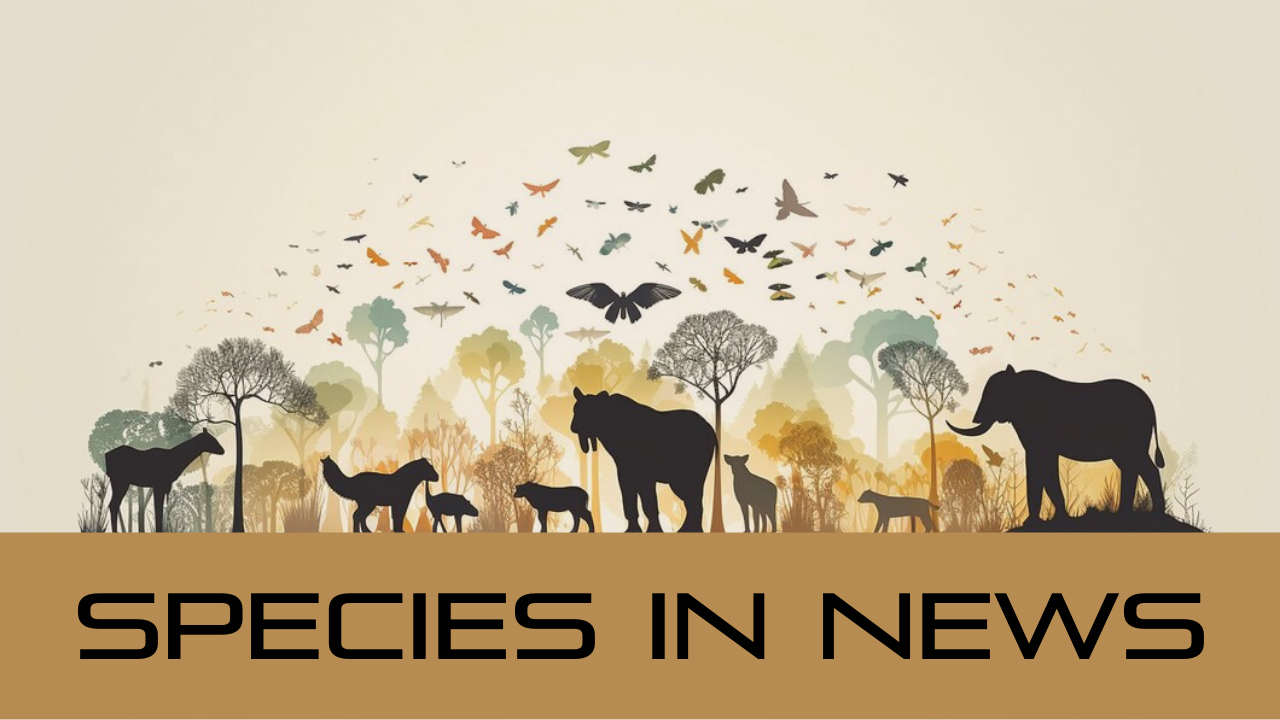Font size:
Print
Species in News: Phlogacanthus Sudhansusekhari
Context:
Researchers from the Botanical Survey of India (BSI) have made an exciting discovery in Arunachal Pradesh. They found a new plant species within the Itanagar Wildlife Sanctuary.
The plant is named in honour of Dr. Sudhansu Sekhar Dash for his contribution to plant and ecological research in the Indian Himalayan region.

About Phlogacanthus Sudhansusekharii:
- It was discovered in the Itanagar Wildlife Sanctuary in Papum Pare district.
- It belongs to the family Acanthaceae and the Phlogacanthus genus.
- This is one of 13 Phlogacanthus species found in India, mainly in the northeastern and eastern Himalayan states.
- The new species differs from Phlogacanthus Guttatus (Wall) Nees in calyx shape and size, staminodes, and corona colour.
Significance:
The Arunachal Pradesh Chief Minister highlighted the discovery as a reminder of the state’s rich biodiversity and the need for preservation.
Itanagar Wildlife Sanctuary
|





